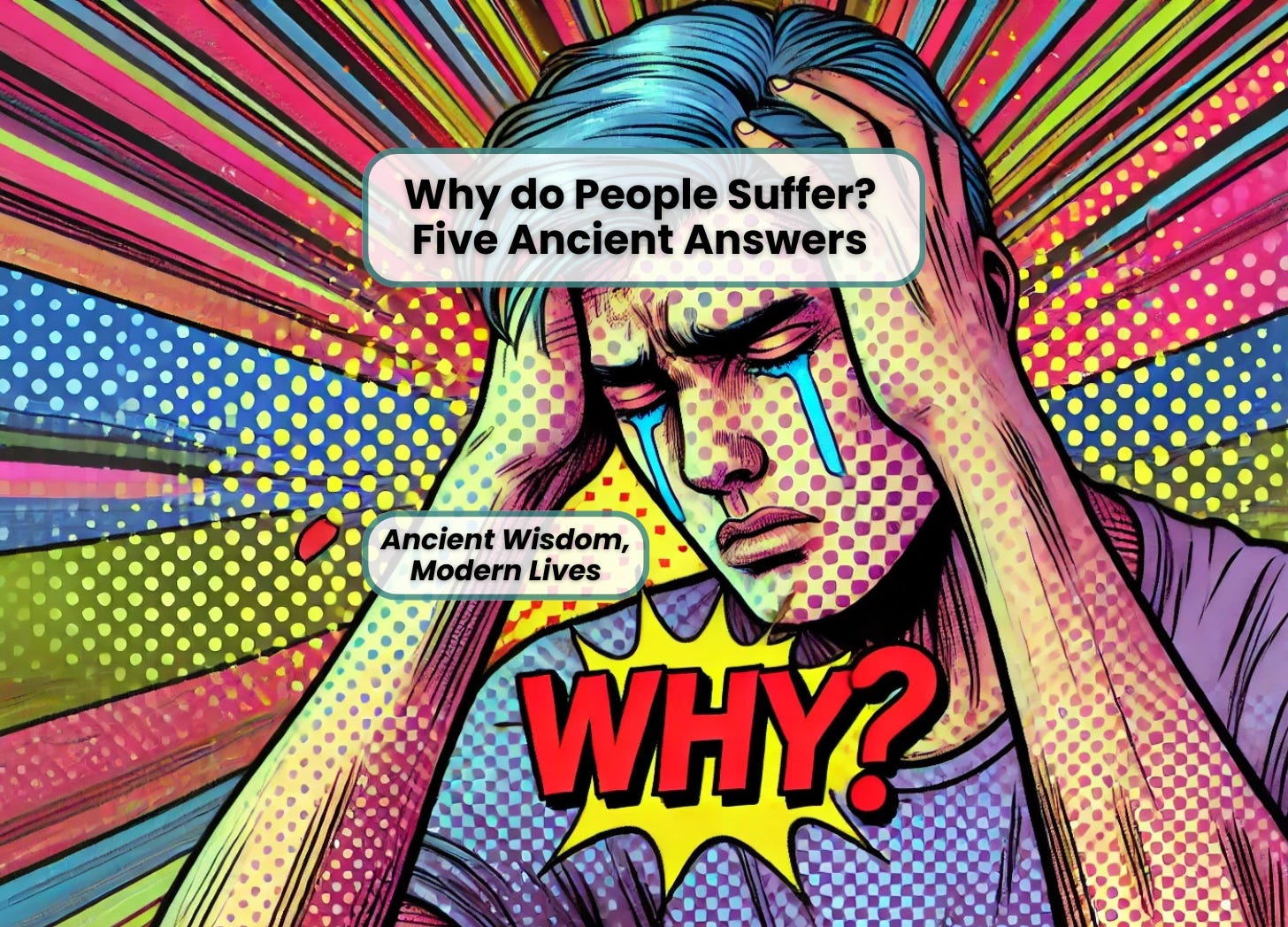My Latest Book Goes On Sale Today!
My latest book — The Bible Doesn’t Say That: 40 Biblical Mistranslations, Misconceptions, and Other Misunderstandings — goes on sale today! A “witty and accessible look at Scripture … Hoffman has produced the best kind of popular scholarship, that will interest both religious and secular readers.” – Publishers Weekly Here’s the cover copy: The Bible…
Read more





